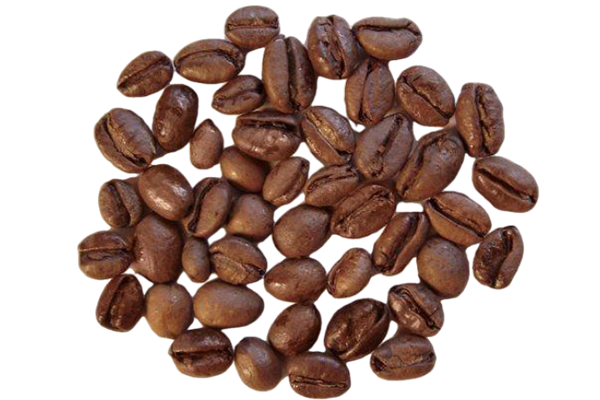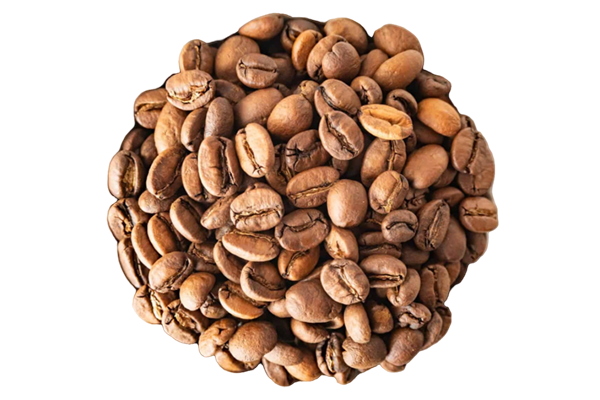Coffee


ROBUSTA
A bean derived from the coffea canephora plant native to Sub-Saharan Africa, robusta coffee contains twice as much caffeine as Arabica coffee. Robusta beans are typically smaller and rounder than Arabica beans and have a straighter, more pronounced taste, often described as earthy or nutty. They are also more resilient to pests and diseases, making them easier to cultivate in various climates.
Robusta coffee is often used in espresso blends due to its ability to produce a rich crema and enhance the body of the coffee. It is also commonly found in instant coffee products. While it may not be as favored for specialty coffee as Arabica, robusta plays a significant role in the global coffee market.

ARABICA
Arabica is coffee that comes from the beans of the Coffea Arabica plant. Arabica coffee originates from Ethiopia and is the most widely consumed type of coffee in the world making up some 60% of the world’s coffee production which is one of the most popular and widely consumed coffee varieties in the world. Arabica beans are known for their smooth, mild flavor and aromatic qualities, often described as sweet, fruity, or floral. They typically have a lower caffeine content compared to robusta beans and are considered to produce a higher quality coffee. Arabica plants thrive in higher altitudes and cooler climates, which contributes to their complex flavor profiles. They are more susceptible to pests and diseases than robusta plants, making them more challenging to cultivate. Arabica coffee is often used in specialty coffee and is favored by coffee connoisseurs for its nuanced taste.

